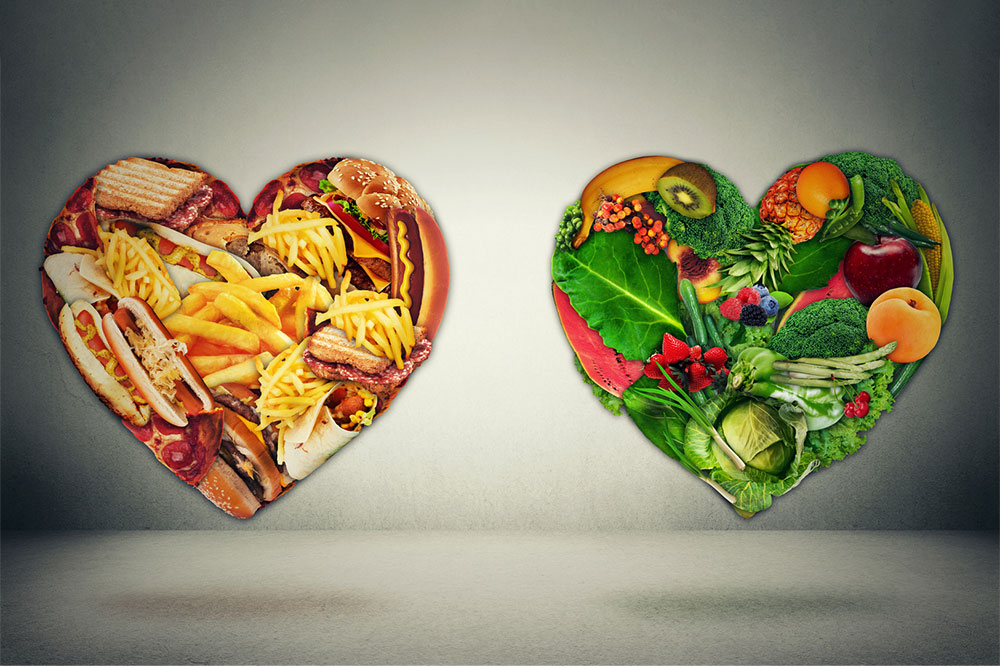5 toxic foods one should not feed their pets

A home cooked meal is a great way to ensure that the pets are well fed with proper nutrition. Moreover, there are many pet food brands available that are a convenient option if cooking at home is not possible. However, one should always be aware of the ingredients that are safe and unsafe for the pet to consume. Here are some toxic foods that should not be part of the pet’s meal plan.
Chocolate
While delicious, chocolate is a toxic food for pets, which is usually a known fact for many. But it is important to know why it is not okay to feed dogs or cats chocolate and it needs a visit to the emergency room if ingested. The problem is the theobromine component in chocolate. It is found in both milk and dark chocolate, so both the varieties are a big no for pets. Moreover, the unsweetened baking chocolate is the most toxic as it contains the highest amount of theobromine. Eating this can lead to diarrhea, vomiting and other serious issues like seizures, tremors, and heart problems in pets. It can even be fatal in some cases if the right treatment is not administered quickly.
Grapes
An otherwise sweet and snackable fruit, grapes are toxic to most pets. Grapes as well as raisins cause kidney issues in dogs and can even lead to kidney failure if treatment is not done in time. If one’s pet has eaten grapes or raisins accidently or willingly, they may show signs of distress like frequent vomiting, weakness, sluggishness, inactivity and in general low energy. Even small amounts of grapes can lead to these issues and need immediate attention.
Salt
While it adds a lot of flavor to the food, too much salt is toxic for pets. When there is too much salt in the pet’s meals, they may end up with complications like sodium poisoning. Some of the symptoms of this type of illness include seizures, tremors, vomiting, diarrhea and even high temperature. Some dogs may also feel low in energy due to the imbalance in nutrients in the body. In extreme cases, salt intake can also be fatal. Also, when there is excessive salt in meals, the pets tend to get more thirsty and over-hydrate or do not hydrate enough to manage the thirst leading to complications.
Onions
This is again a big no for pets. It is observed that eating onions may be related to lowered red blood cells in the body. This can lead to a condition called anemia, which may cause other complications. Weakness, vomiting, and even breathing issues are some of the symptoms of onion toxicity in pets, so always avoid onions in pet foods.
Raw eggs
They make for a great protein source but eggs should always be given when cooked thoroughly. Raw food items contain a bacteria called salmonella or E.coli. This may cause health issues in the pets and can be toxic to them. There are some vets who encourage a raw meal plan for some dogs, however, a thorough research and discussion is needed if one’s pet requires this kind of food.
Any pet parents who may sometimes give treats should make sure that they do not have any of these ingredients that may cause any toxicity.







